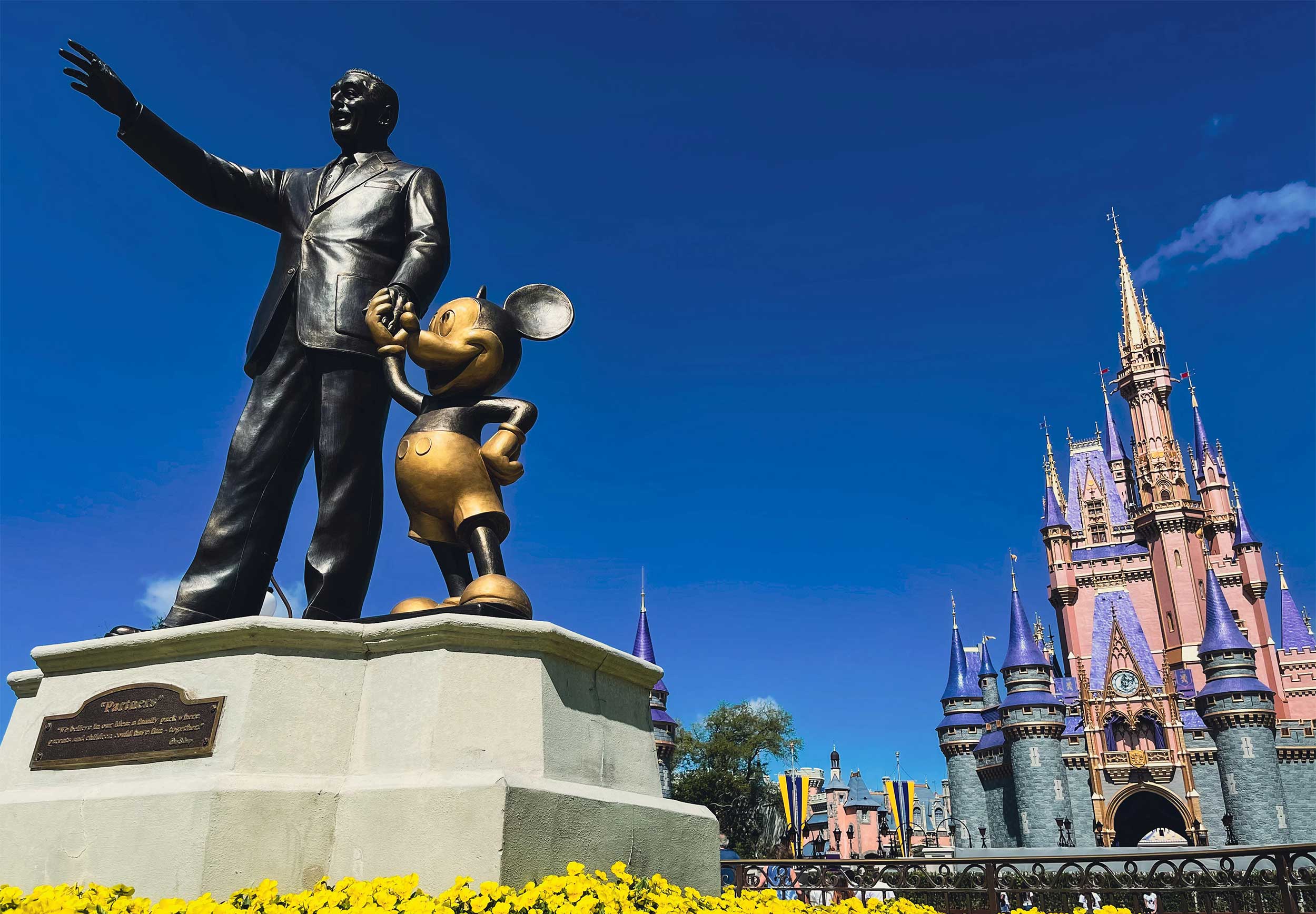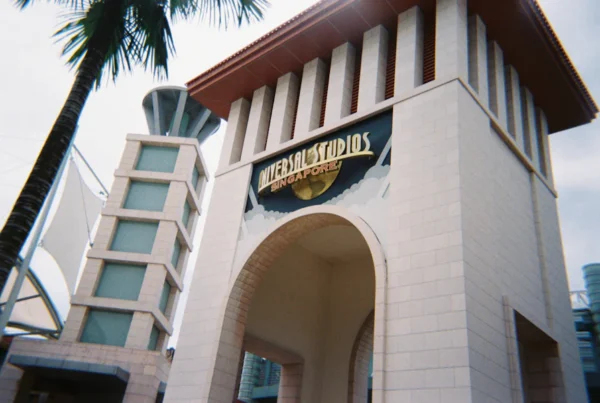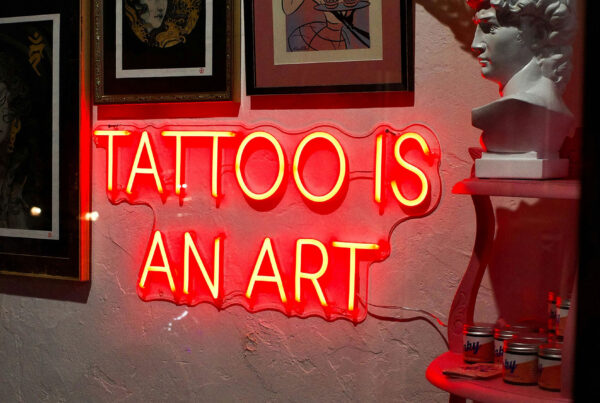Steamboat Willie and Mickey Mouse Set Sail into the Public Domain
As of Jan 1st , 2024, Disney’s 1928 film Steamboat Willie and the film’s protagonist, Mickey Mouse entered the public domain. After nearly a century of protection resulting from Disney’s congressional lobbying and revisions to U.S. Copyright law, the copyright in the earliest version of Disney’s iconic character has expired. What does this mean for creators?
While this is an exciting time for copyright enthusiasts and content creators, it does not mean that all things Mickey are up for grabs. Below we break down what you need to know about this historic moment.
Copyright and the Public Domain
The public domain is part of copyright’s natural life cycle. After a period of protection, creative works enter the public domain and become available for all to freely use, remix, and build on. Classic stories in the public domain have been the seeds of later significant works. Take for example The Lion King and West Side Story. Both draw from Shakespearean plays (Hamlet and Romeo and Juliet, respectively) that have been in the public domain for many years.
Now that Steamboat Willie has entered the public domain, the film along with any characters appearing in it may be used by the public without restriction. Since the beginning of the year, a wide variety of new, original creative works based on the film and the version of Mickey Mouse that appears in it, have been released, ranging from a horror movie to an NFT collection. Each of these is permissible because the copyright protections in the underlying works have expired.
Later Versions of Mickey Mouse Are Still Protected!
Though the version of Mickey Mouse that appears in Steamboat Willie has entered the public domain, that does not mean that all versions of Mickey Mouse are available for use. Any creative and original elements added to public domain works are still eligible for copyright protection. In the case of Mickey Mouse, Disney would still own the copyright for any new creative and original elements added to the character after 1928 – just not the underlying Mickey Mouse Version 1.0 on which these later versions are build. For example, Disney could still seek to enforce copyrights in later versions of Mickey featuring his red shorts and yellow shoes and other costuming elements added for a particular film (e.g., the sorcerer’s hat in Fantasia).
What about Trademarks?
Copyrights and trademarks are different. Copyrights protect creative works while trademarks protect consumers by identifying the source of goods and services. Also, and more importantly, unlike copyrights, trademarks do not automatically expire. As long as the owner continues to use the trademark in commerce, the owner will continue to have the exclusive right to use the trademark for its goods and services. So while Disney may no longer be able to protect the earliest version of Mickey Mouse in the creative context, it can still prevent others from using or passing off goods and services under a “Mickey Mouse” brand or a logo incorporating the character.
Conclusion
Steamboat Willie entering the public domain is a monumental moment in modern intellectual property. It opens the door for many new original creative works based on the world-famous character, but it does not mean that everything Mickey Mouse is available to the public nor is Disney without options for protecting its crown jewel. If you have questions about how these developments might impact your content, please contact our firm.





